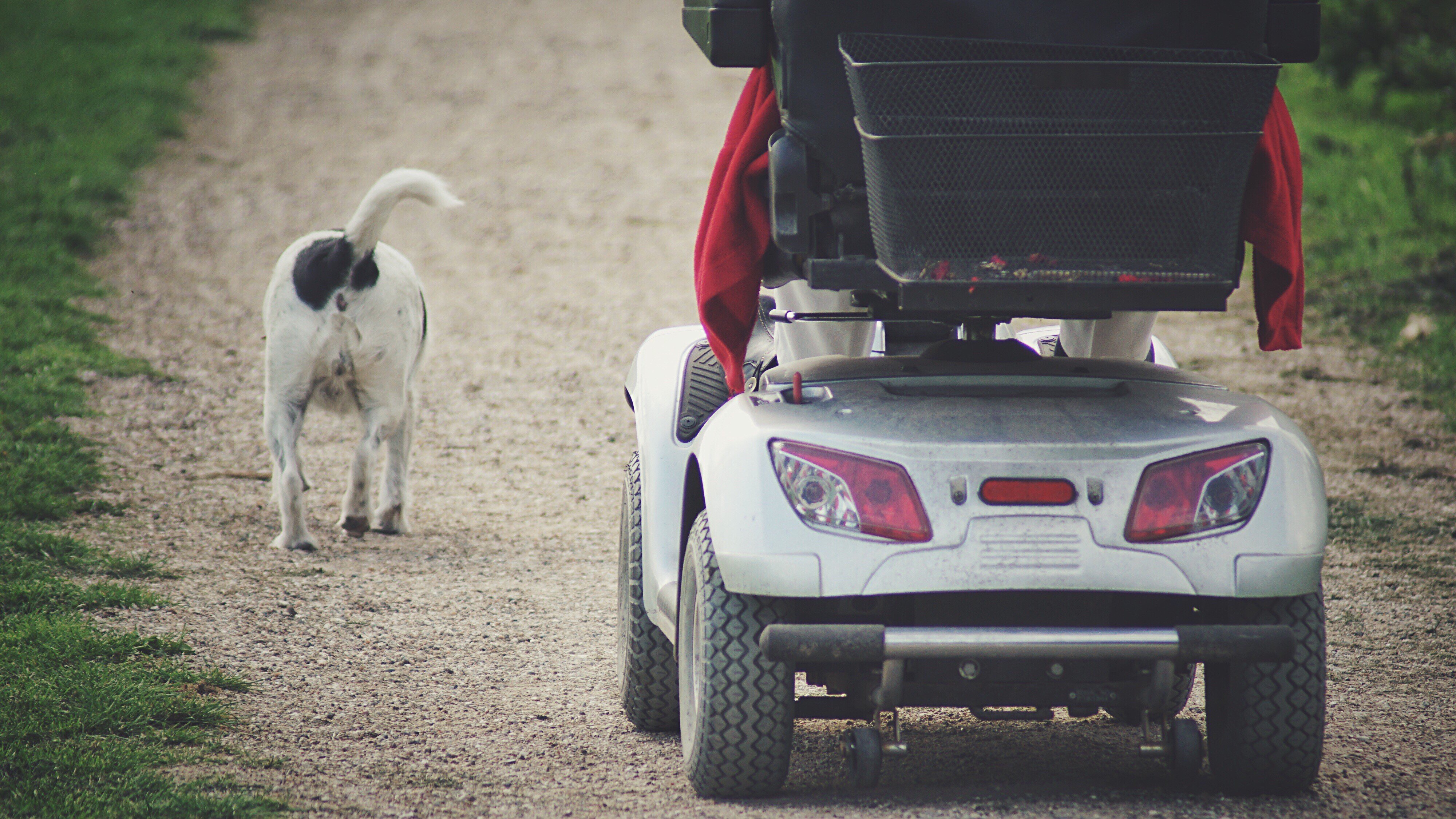A Comprehensive Guide to Buying a Mobility Scooter
Mobility scooters have ended up being an essential tool for many people aiming to boost their independence and mobility. With a large selection of models and functions available, picking the best mobility scooter can be daunting. This short article provides an informative guide to help consumers browse their options, examine their needs, and make an informed purchase.
Understanding Mobility Scooters
Mobility scooters are electric lorries created for people who experience mobility difficulties. They are particularly useful for senior citizens, those with impairments, or individuals recovering from injuries. Mobility scooters can differ extensively in regards to style, features, and rates.
Types of Mobility Scooters
Before starting a purchase, it's essential to understand the various kinds of mobility scooters available:
Three-Wheel Scooters:
- Generally more maneuverable in tight areas
- Lightweight and portable
- Suitable for indoor usage
Four-Wheel Scooters:
- Offer greater stability and balance
- Appropriate for outside usage over numerous surfaces
- Generally have a longer battery life
Foldable/Portable Scooters:
- Designed to be quickly transferred and kept
- Can often suit the trunk of an automobile
- Ideal for those who take a trip regularly
Sturdy Scooters:
- Built to accommodate bigger people
- Typically featured more robust functions for outside use
- Generally geared up with larger batteries for extended variety
Aspects to Consider When Buying a Mobility Scooter
1. Weight Capacity
Select a mobility scooter that can support the user's weight. Most scooters have a weight limit varying from 250 to 500 pounds. It is essential to ensure that the scooter can accommodate the user easily.
2. Variety and Battery Life
The variety is how far the mobility scooter can travel on a single charge. Typical varieties differ between 10 to 30 miles. Think about the user's daily activities and select a scooter with an appropriate variety.
3. Scooter Dimensions
Consider the size of the scooter, including its weight and measurements. A more compact scooter may be perfect for narrow corridors and tight spaces, while bigger models offer extra stability and convenience.
4. Surface Capability
Examine where the scooter will mainly be used. If the user plans to travel mainly on pavement, a lightweight model might be adequate. However, if published here needs to pass through gravel or uneven surfaces, consider a four-wheel scooter developed for off-road usage.
Leading Features to Look For
Convenience
- Adjustable Seats: Look for scooters with cushioned and height-adjustable seats to guarantee convenience throughout travel.
- Armrests: These boost safety and assistance while navigating.
Safety and Visibility
- Headlights and Taillights: Essential for nighttime use.
- Turn Signals and Reflectors: Improve presence and security while on the roadway.
User-Friendly Controls
- Joystick or Drive Controls: These must be intuitive and easy to manipulate.
- Easy-to-Read Displays: A control panel that reveals battery life, speed, and range can improve the user experience.
Extra Features
- Storage Compartments: These use added convenience for bring personal items while on the go.
- Weather condition Protection: Consider designs with rain covers or windshields if utilized in variable climate condition.
Expense Considerations
When budgeting for a mobility scooter, costs can vary anywhere from ₤ 500 to over ₤ 5,000 depending on the model, functions, and brand. Extra expenses might consist of:
- Extended Warranty: Protects against problems and can save money in the long run.
- Devices: Optional features, such as updated seats, lights, or storage options.
| Function | Expense Range |
|---|---|
| Basic Models | ₤ 500 - ₤ 1,500 |
| Mid-Range Models | ₤ 1,500 - ₤ 3,000 |
| High-End Models | ₤ 3,000 - ₤ 5,000 |
Financing Options
Numerous merchants offer financing plans, and some city government efforts might supply grants or help for those in need. Examine potential financial assistance with community resources or mobility service organizations.
FAQs about Buying a Mobility Scooter
What is the distinction in between a mobility scooter and a wheelchair?
Mobility scooters are motorized and enable users to navigate separately, while wheelchairs may need physical help or manual operation.
How do I maintain a mobility scooter?
Regular maintenance includes examining battery life, cleaning the scooter, and checking tires and brakes. Always describe the user handbook for particular standards.
Can mobility scooters be used inside?
Yes, many designs are developed for both indoor and outdoor usage. Nevertheless, three-wheel scooters tend to be much better fit for indoor navigation due to their tighter turning radius.
Are mobility scooters covered by insurance coverage?
Some insurance prepares cover a part of the costs for mobility scooters if they are deemed medically necessary. Contact your supplier for particular information.
How quick can a mobility scooter go?
Many mobility scooters have a maximum speed varying from 4 to 8 miles per hour. Nevertheless, the proper pace may differ depending upon local guidelines.
Acquiring a mobility scooter can significantly boost one's independence and quality of life. By comprehending the types, functions, and expenses connected with mobility scooters, potential purchasers can make educated decisions that fit their requirements and preferences. Customization and comprehensive research study are key to making sure satisfaction with this essential investment.

